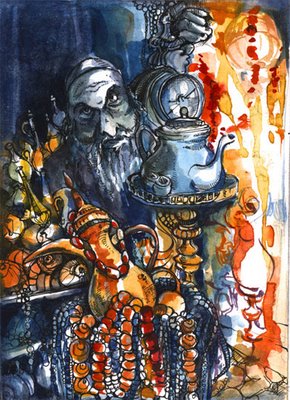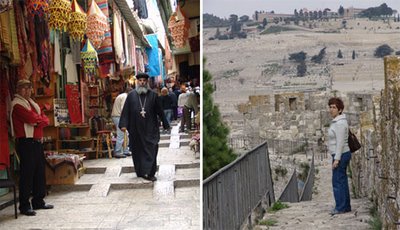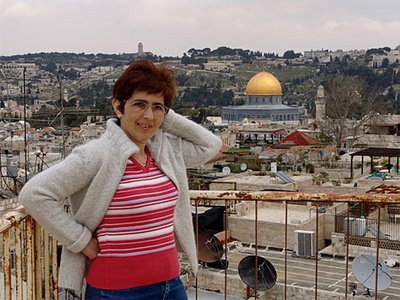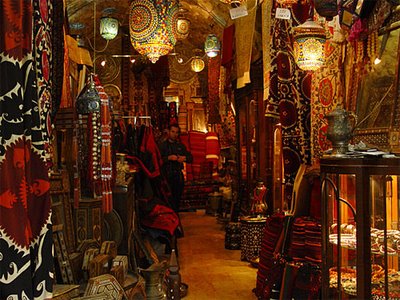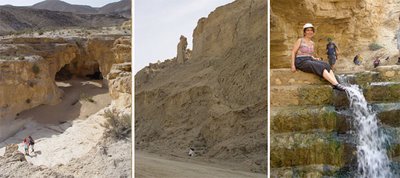
You know, the Passover is one of the main Jewish festivals, and it is especially important for those, who came from the former Soviet Union. "Let my people go!" - was the slogan of Moses in Egypt and of Soviet dissidents, fighting for human rights of Jewish people. Now we live in our own and free country.
Each Passover eve we gather with the family and friends to recover the story of the great exodus. For the year 2006, the first night of Passover will be April 12th.
Passover is the 8 day observance commemorating the freedom and exodus of the Israelites (Jewish slaves) from Egypt during the reign of the Pharaoh Ramses II.

A time of family gatherings and lavish meals called Seders, the story of Passover is retold through the reading of the Haggadah. With its special foods, songs, and customs, the Seder is the focal point of the Passover celebration.
Leading up to the first night of Passover, the home is cleaned and cleared of all yeast foods, called hametz. The important thing in this tradition is that the home is simply cleaned towards the upcoming spring.
The Passover legend and traditions.
About 3000 years ago the Israelites were enslaved by the Egyptians under the rule of the Pharaoh Ramses II.
 According to the Book of Exodus - Moses, a simple Jewish shepherd, was instructed by the Lord to go to the pharaoh and demand the freedom of his people At first Moses' plea of let my people go was ignored. Moses warned the Pharaoh that G-d would send severe punishments to the people of Egypt if the Israelites were not freed. Again the Pharaoh ignored Moses' request of freedom. In response G-d unleashed a series of 10 terrible plagues on the people of Egypt.
According to the Book of Exodus - Moses, a simple Jewish shepherd, was instructed by the Lord to go to the pharaoh and demand the freedom of his people At first Moses' plea of let my people go was ignored. Moses warned the Pharaoh that G-d would send severe punishments to the people of Egypt if the Israelites were not freed. Again the Pharaoh ignored Moses' request of freedom. In response G-d unleashed a series of 10 terrible plagues on the people of Egypt. The holiday’s name - Pesach, meaning "passing over" or "protection" in Hebrew, is derived from the instructions given to Moses by G-d. To protect themselves, the Israelites were told to mark their dwellings with lamb’s blood so that G-d could identify and "pass over" their home.
When the Pharaoh finally agreed to freedom, the Israelites fled through the desert. They would quickly bake the dough in the hot sun into hard crackers called matzohs. Today to commemorate this event, Jews eat matzoh in place of bread during Passover.
 The rules surrounding Passover are strict and many, with only special foods, utensils, and dishware allowed.
The rules surrounding Passover are strict and many, with only special foods, utensils, and dishware allowed. The centerpiece of the Seder table is the Seder plate, a special plate containing the 5 foods that remind us of the struggle of the Israelites in their quest and journey to freedom.
During the Seder 4 glasses of wine are poured to represent the 4 stages of the exodus.
At the Seder the Haggadah, the Book of Exodus, is read and the history celebrated with its stories, songs and prayers.
It’s a beautiful custom that people bring gifts one to another during Passover celebration. You are welcome to see unique gifts, incensed with my own graphics, which I have prepared to this festival.

